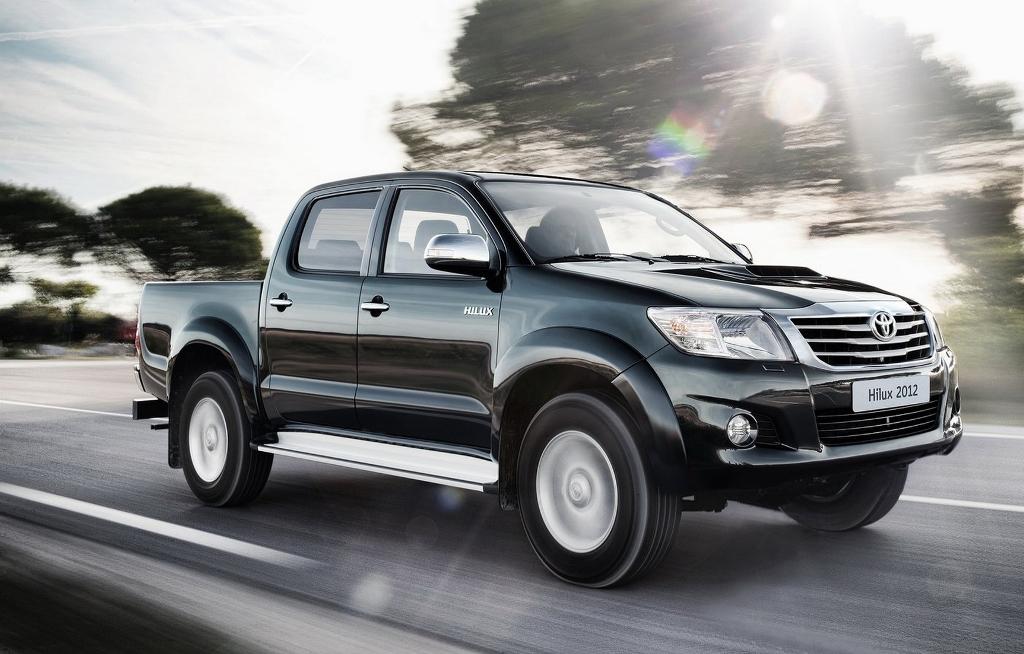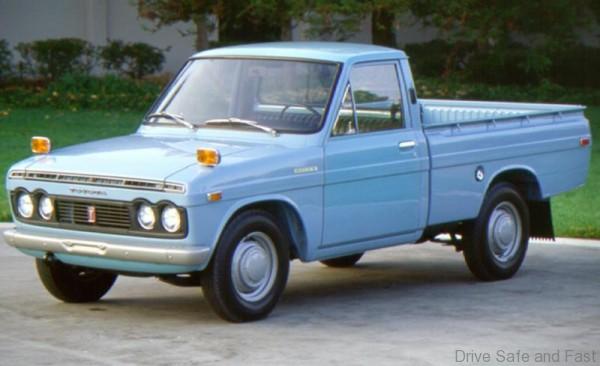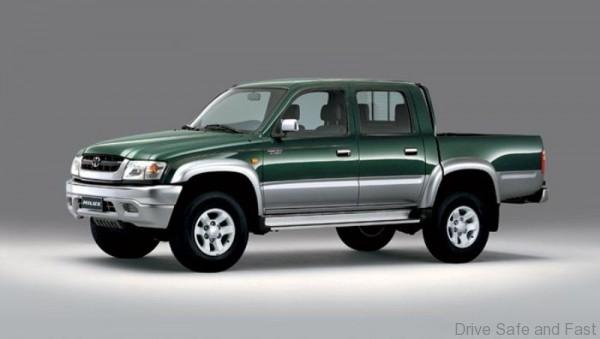Finally there is news that an all new Toyota Hilux is on its way. The Hilux has been part of the Malaysian motoring culture for the longest time and yet little has been said or mentioned about it. As the leader in the Malaysian pickup truck segment it is one of the longest running, and in many markets, if not the, one of the best-selling nameplates in its segment.
Here below are 11 reasons why it will remain the pickup KING in Malaysia.
- Its name is derived from the words “High” and “Luxury” – something it’s lived up to till this day.
- The world’s best-selling pick-up, Hilux passed the 13 million sales figure in 2013.
- As of 2014, the only countries in the world that do not sell the Hilux are Japan, United States, Canada, North Korea, and South Korea.
- Market leader in Malaysia.
- In 1979 Toyota was the first manufacturer to offer a 4×4 variant (3rd Generation).
- The inclusion of a 2,2-litre diesel engine in the model line-up in 1979 was another first for Toyota in this market sector.
- First to offer a double cab variant in 1984 (4th Generation).
- In 1986 Toyota became the first manufacturer to offer a five-speed transmission on its one-ton pick-ups.
- First to market with ABS brakes in 1998 (5th Generation).
- First light commercial vehicle to offer dual front airbags – also in 1998.
- The 7th Generation Hilux debuted in 2005. Making this Hilux unique is that it’s based on Toyota’s IMV or International Multi-Purpose Vehicle platform which facilitates building four different models on essentially the same line. New Hilux therefore launched together with Fortuner which also became an instant hit. It was later joined by the Innova.
Toyota Hilux family tree, the genealogy of the world’s favourite pick-up
1st Generation
Model Code: N10 (1969 – 1972)
Engine: 1.5 four-cylinder petrol
Body: Single Cab
Launched during the last quarter of 1969, the Hilux immediately made its mark in the Malaysian construction and farming industry.
2nd Generation
Model Code: N20 (1973 – 1978)
Engines: 1.6 & 2.0 4-cylinder petrol
Body: Single Cab
Essentially a reworked version of its predecessor, the N20 series featured an updated body with slightly extended wheelbases and more comfortable interior.
3rd Generation
Model Code: N30 (1979 – 1983)
Engines: 1.6 & 2.0 4-cylinder petrol / 2.2 diesel
Body: Single Cab
Versatility was the watchword for the third-generation N30 series Hilux that went on sale in 1979. Irrespective of model – there were now three standard-length and four long-wheelbase derivatives – it was designed to offer saloon-like specification and ride comfort, which led to an evolution of the predecessor’s double wishbone front suspension which saw the coil springs replaced with a torsion bar. Front disc brakes were included for the first time. In addition to diesel, this 3rd Generation also ushered in the first 4×4 variant.
4th Generation
Model Code: N40 (1984 – 1989)
Engines: 2.0 & 2.2 petrol / 2.2 diesel
Body: Single & Double Cab
Immediately distinguishable from its older sibling through attractively blistered wheel arches and a renewed interior, the N40 was available in Single- as well as Double-cab versions.
5th Generation
Model Code: N50 (1989 – 1998)
6th Generation
Model Code: N60 (1998 – 2005)
Engines: 2.7 petrol & 3.0 diesel
Body: Single & Double Cab
Easily identified, the 6th Generation was characterized by a swage line that gently tapers downwards toward the front indicators. Toyota gently refocused this Hilux into two clear branches – business use and personal use. Personal-use models were now borderline sporty, coming with additional equipment and devices to better suit their recreational intentions, such as a longer and taller cabin with improved sound insulation. Business-use models, on the other hand, were more basic in their approach and offered lower specification levels. Independent front suspension for 4×4 models, raised body configuration, front airbags and ABS brakes were just some of the stand-out features.
7th Generation
Model Code: N70 (2005 to present / major facelift in 2011)
Engines: 2.0, 2.7 & 4.) petrol / 2.5 & 3.0 diesel
Body: Single, Double & Xtra Cab
Based on a modified version of the ladder frame underpinnings found on the N60, the current seventh-generation N70 chassis Hilux has significantly grown in stature to become classified as a mid-size pick-up (the platform has also been adapted into an SUV for the Toyota Fortuner model). This change gifted the car with greater road presence, interior space, and load capacity – all improvements identified from customer reports. A comprehensive re-style and engine re-fettle was applied in 2011 as well as the addition of a new Xtra Cab model for the 2012 model year. Across the board changes encompassed smoother architecture from the A-pillar forwards. Inside, the dashboard was changed and now houses the latest version of the Toyota Touch multimedia system.








